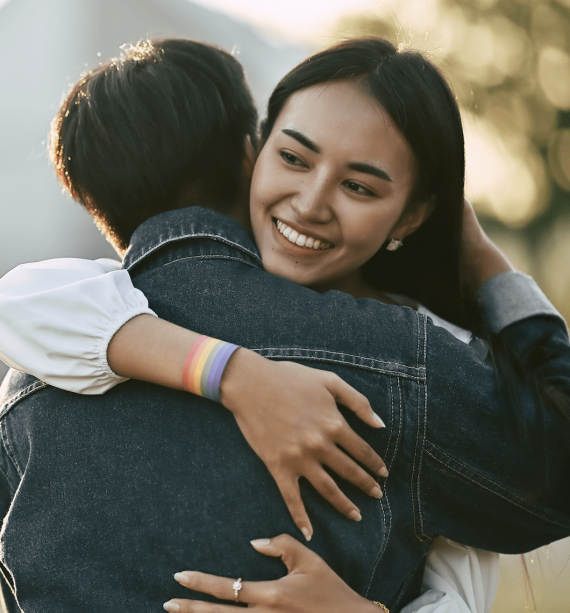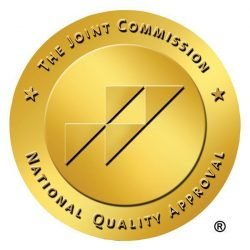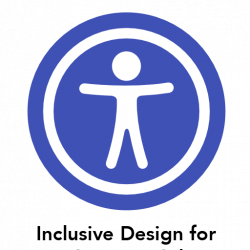LGBTQ+ Affirming Eating Disorder Treatment

Recovery takes a community
At Alsana, we believe that healing happens in relationships. All of our in-person and virtual programs are inclusive, welcoming all genders and all members of the LGBTQ+ community.

2023 Perception of Care
Alsana’s care teams administer Perception of Care Surveys for all clients when they step down to a new level of care or discharge from Alsana, regardless of discharge type. This aids our teams in identifying opportunities for improvement while also inviting clients to reflect on their care experience and use their authentic voices.
46%
In 2023, 46 percent of Perception of Care survey respondents1 identified as LGBTQ+.
92%
92 percent of the Perception of Care Survey2 responses received from LGBTQ+-identifying clients said they would recommend Alsana to others in need of eating disorder treatment.
1N=819; because Alsana clients are surveyed about PoC when stepping down their level of care and when discharging from programs, the percentages above do not describe a percentage of survey respondents but the overall results in terms of survey responses received from LGBTQ+-identifying clients.
2N=393

LGBTQ+ Safe Space
Statistics show that eating disorders are much more prevalent in the LGBTQ community than in the general population.
- Gay males are estimated to make up only 5% of the total male-identifying population, but 42% of men with diagnosed eating disorders identify as gay.
- Members of the LGBTQ+ community face many access-to-care barriers, one of them being a lack of culturally-competent providers.
- Trauma is a common obstacle among people with eating disorders. LGBTQ-identifying individuals face higher rates of gender violence.
- 71% of transgender individuals between the ages of 13 and 24 have diagnosed eating disorders.
For a space to be truly safe for the LGBTQ population, it must be more than physically safe and generally respectful. It must be affirming, intentional, and compassionate— taking safety and respect to a new level.
Contact Us
We’re here to support you while you regain balance.
We are Alsana, and we would like to be your eating recovery community.



